7 Tips to Know Before Buying a Backyard Vegetable Garden
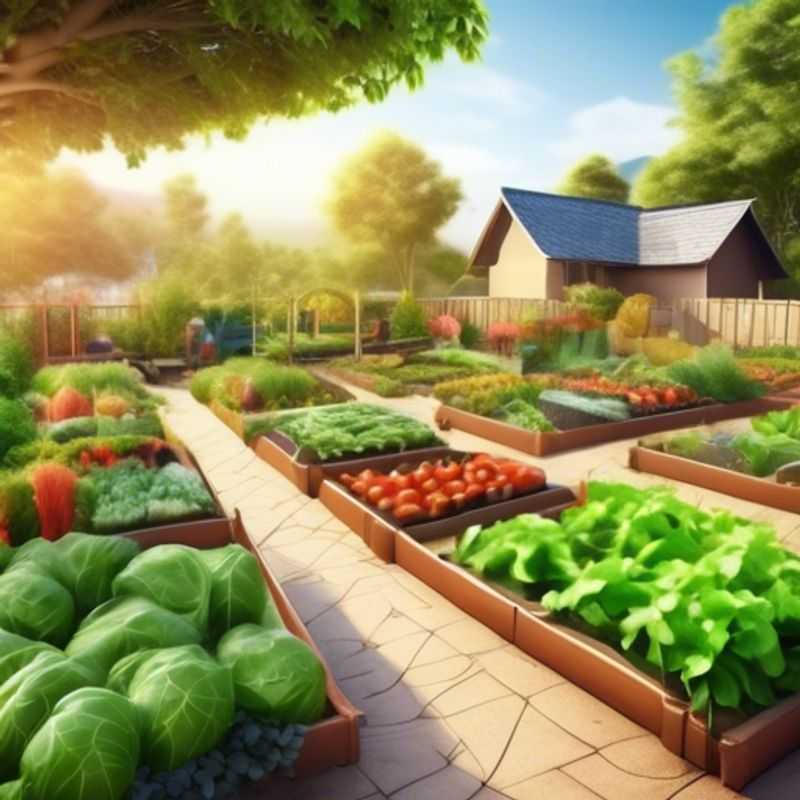
7 Tips for a Thriving Backyard Vegetable Garden: Sunny Spot, Rich Soil, Climate-Specific Plants, Regular Watering, Raised Beds or Containers, Pest Control, and Consistent Harvesting
Building your own backyard vegetable garden is a rewarding experience.
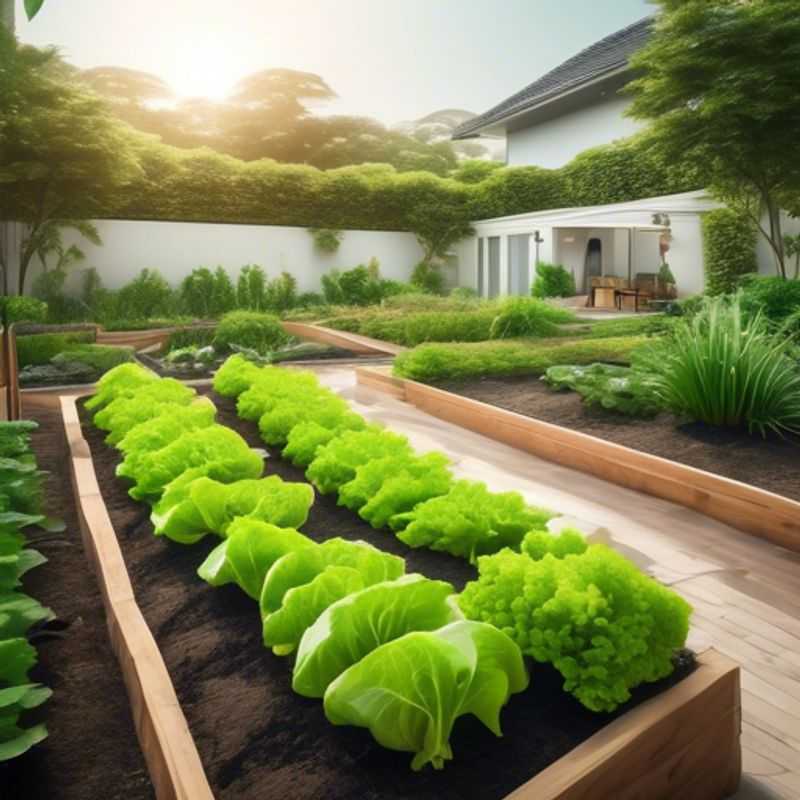
Sunshine Savvy: Choosing the Perfect Spot for Your Sun-Loving Plants
Choosing a location with ample sunlight is crucial for optimal growth and development, whether you're nurturing a garden, installing solar panels, or simply enjoying a sunny patio. A minimum of 6 hours of direct sunlight per day is ideal for most plants and solar energy systems.
When selecting a location, consider factors like existing structures, trees, and surrounding terrain, as these can obstruct sunlight. Use a compass or a sun tracking app to determine the sun's path throughout the day and ensure your chosen spot receives sufficient direct sunlight.
Consulting a local gardening expert or solar installer can provide tailored advice based on your specific location and needs. They can help you assess the amount of sunlight your chosen location receives and recommend appropriate plants or solar panel systems.
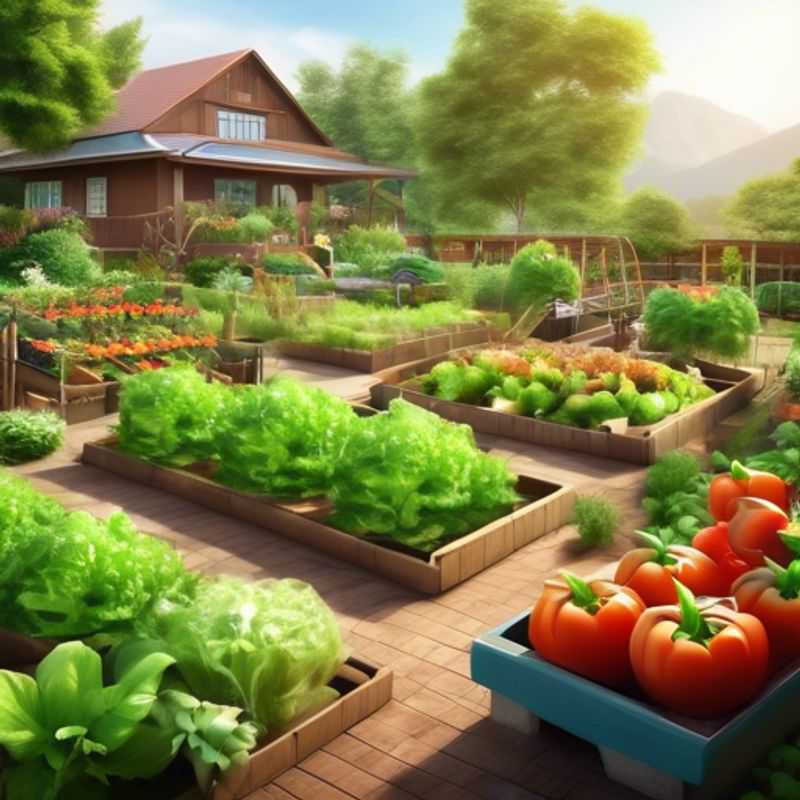
Give Your Garden a Boost: Prepare the Soil with Compost
Adding compost or other organic matter to your soil is a great way to improve its structure, fertility, and water retention. This is especially important for gardens and lawns. It’s essentially recycling and is very cheap. Compost is made from decomposed plant and food scraps. Other organic matter can include things like manure, leaf mold, and shredded bark.
Compost can be purchased from garden centers or made at home. If you’re making your own compost, make sure it’s fully decomposed before using it. This can take a few months to a year, so be patient! Don’t add too much at once, it’s best to apply a layer of compost a few inches thick and mix it into the top layer of soil. You can do this by hand or with a tiller.
Applying compost or other organic matter can give your plants a boost and improve your soil’s overall health! Be sure to use compost that is properly composted as using uncomposted materials could introduce unwanted organisms to your garden.
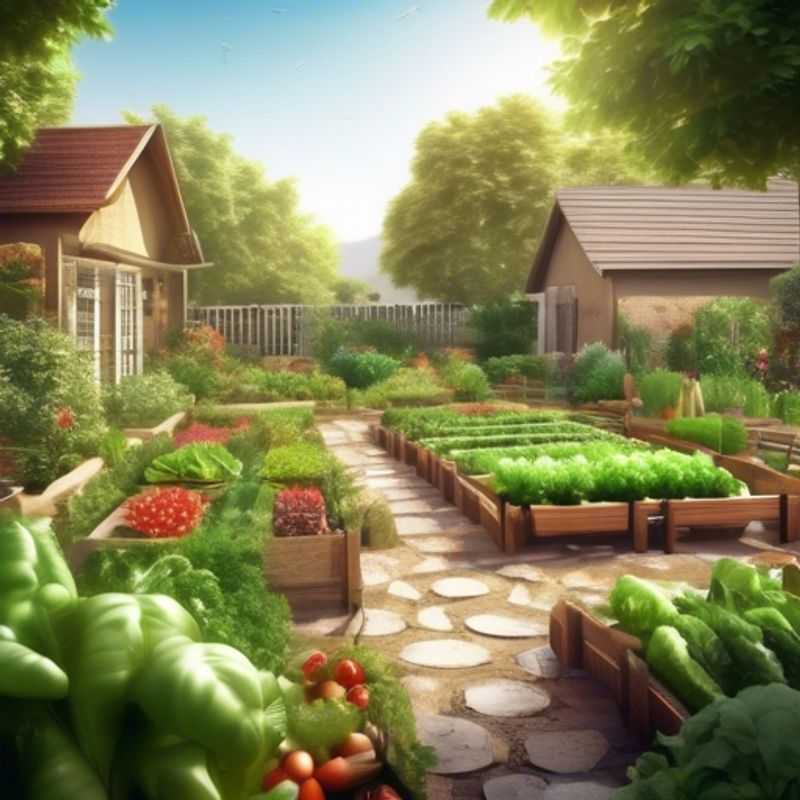
Growing Success: Choosing the Right Vegetables for Your Climate
Choosing the right vegetable varieties for your climate is crucial for successful gardening. Understanding your climate zone, including average temperatures, frost dates, and rainfall patterns, is the first step. You can find this information online or at your local gardening center.
Once you know your climate, you can select varieties that thrive in your specific conditions. For example, if you live in a hot, humid climate, you’ll want to choose vegetables that tolerate heat and humidity, such as tomatoes, peppers, and squash. In colder climates, select vegetables that mature quickly, like radishes, lettuce, and spinach.
Don't forget to consider your growing season length. Short-season varieties are ideal for areas with a limited growing season. Remember, you can also extend your growing season by starting seeds indoors and using cold frames or row covers.
Local garden centers and seed catalogs are excellent resources for finding specific varieties well-suited to your climate. They can also provide valuable advice on planting dates, spacing, and care tips.
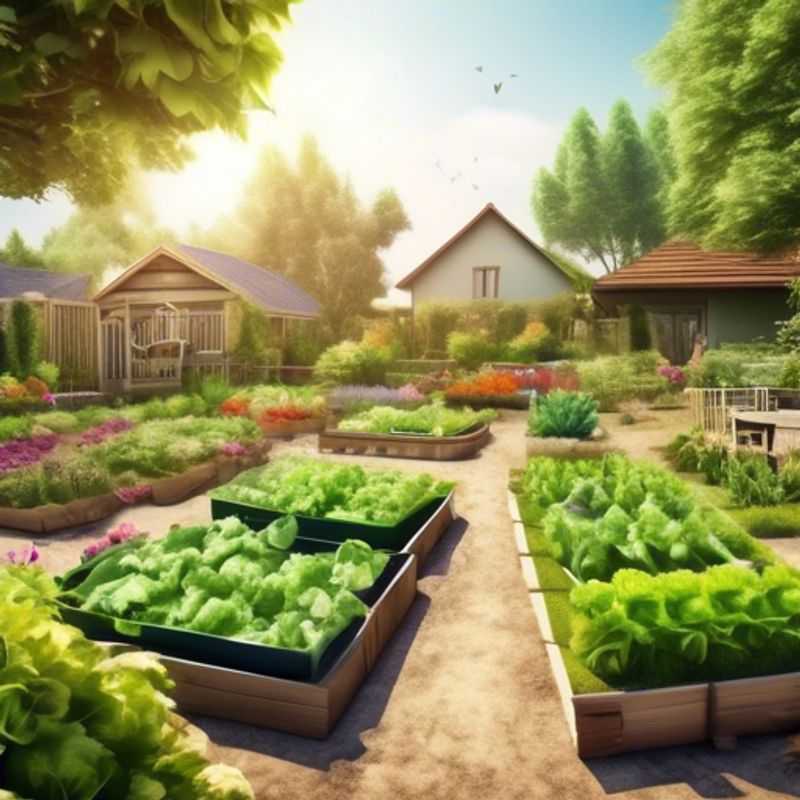
Watering Wisdom: Implementing a Schedule for Consistent Soil Moisture
Maintaining consistently moist soil is crucial for healthy plant growth. Here’s a concise guide to developing a watering schedule for your plants:
1. Understand Your Soil Type: Different soil types hold moisture differently. Sandy soil drains quickly, requiring more frequent watering. Clay soil holds water longer, needing less frequent watering.
2. Observe Your Plants: Pay attention to your plants’ needs. Wilting leaves indicate dryness, while overly wet soil can lead to root rot.
3. Finger Test: Stick your finger a few inches into the soil. If it feels dry, it’s time to water. If it’s still moist, wait a bit longer.
4. Watering Frequency: Establish a watering schedule based on your soil type, plant needs, and local climate. For instance, during hot, dry weather, you’ll likely water more often.
5. Water Deeply: Thoroughly water your plants until the water drains through the drainage holes in the pot or until the soil is uniformly moist.
6. Adjust as Needed: As your plants grow and the seasons change, you may need to adjust your watering schedule.
Remember, these are general guidelines. The best watering schedule is the one that meets the specific needs of your plants.
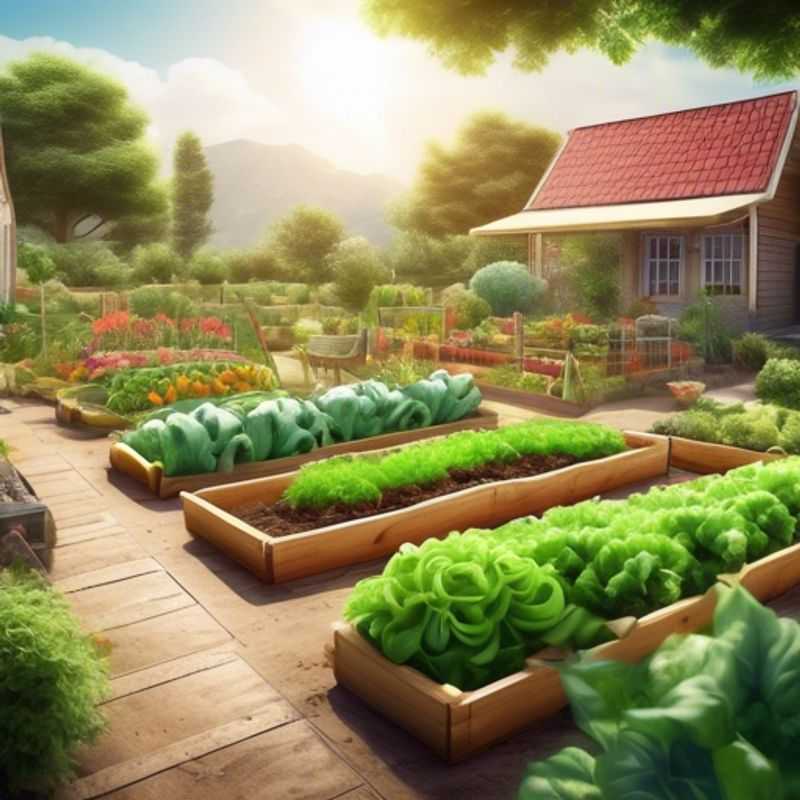
Boost Your Garden's Success: Using Raised Beds and Containers for Better Drainage and Soil
Raised beds and containers are excellent tools for improving drainage and soil quality in your garden. Here's why they're so effective:
Improved Drainage: Raised beds and containers elevate your plants above the ground, allowing excess water to drain away easily. This prevents waterlogging, which can suffocate roots and lead to diseases.
Enhanced Soil Quality: You have complete control over the soil mix in raised beds and containers. You can choose a high-quality, well-draining potting mix, or create a custom blend that suits your specific plants. This ensures your plants have access to the nutrients and structure they need to thrive.
Pest and Disease Control: Raised beds and containers can make it easier to control pests and diseases. The raised structure helps prevent soilborne pests from accessing your plants, and the contained environment allows you to quickly identify and address any issues.
Easier Accessibility: For gardeners with mobility issues, raised beds and containers can make gardening more accessible. They allow you to work at a comfortable height without bending or straining.
Cost Considerations: Remember that building raised beds or purchasing containers can involve initial costs. Consider the materials you'll need, the size of your project, and any necessary labor. There are DIY options as well as pre-built options available. Additionally, you may need to purchase quality potting mix for your containers and raised beds.
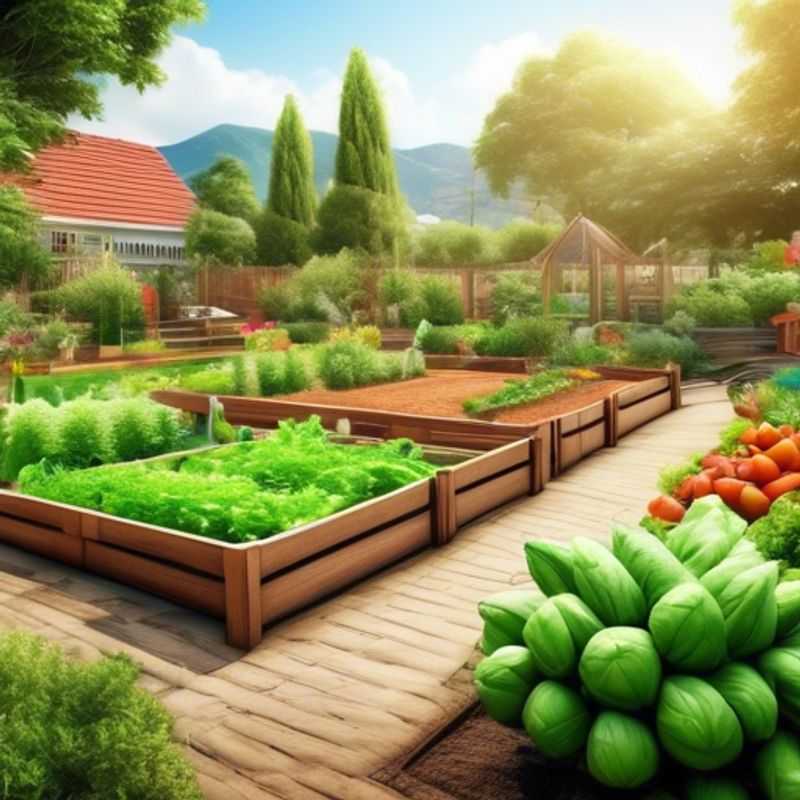
Say Goodbye to Pests: Natural Solutions for a Peaceful Garden
Integrating pest-deterring plants into your garden is a natural and effective way to manage unwanted insects. Plants like lavender, marigolds, and basil release aromatic compounds that repel many pests. These plants can be incorporated into flower beds, vegetable gardens, or even containers.
Organic pest control methods offer a safer alternative to chemical pesticides. These methods include using insecticidal soap, neem oil, or diatomaceous earth. These products are derived from natural sources and are less harmful to beneficial insects, pets, and the environment.
When using organic pest control methods, it's important to follow the instructions on the product label carefully. Some methods may require specific application techniques or timing for optimal effectiveness.
Remember, a combination of pest-deterring plants and organic control methods often works best. By creating a diverse and healthy garden ecosystem, you can naturally discourage pests and promote a thriving environment for your plants.
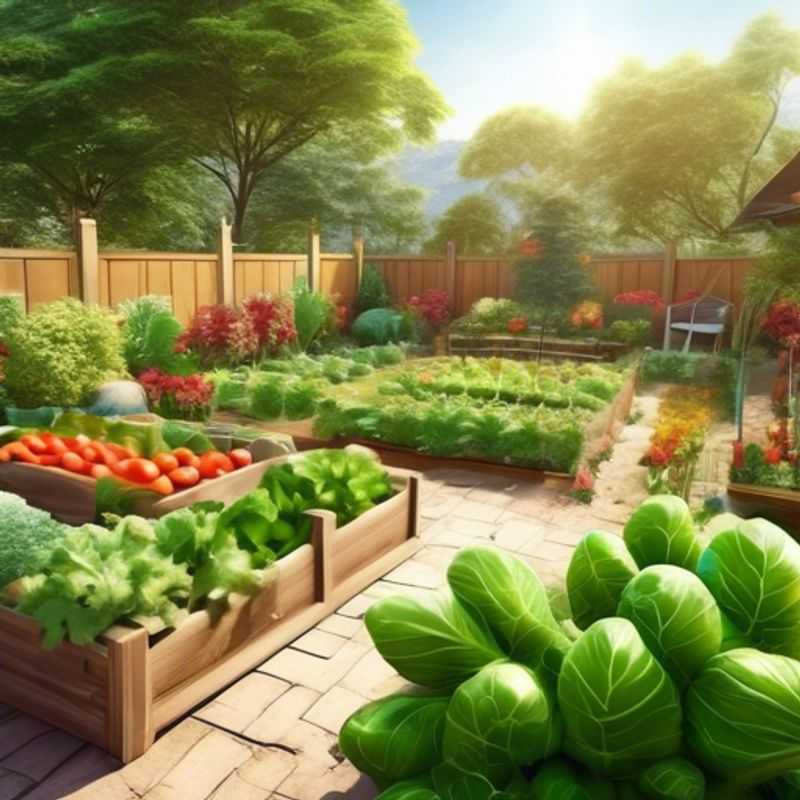
Harvesting Happiness: How to Keep Your Vegetables Growing Strong
Harvesting mature vegetables regularly is crucial for encouraging continuous production. It's a simple but effective practice that ensures your plants focus their energy on producing more fruits, flowers, or leaves. Here's why it works:
Removing mature vegetables signals to the plant that it needs to keep producing more. By doing so, you're preventing the plant from going to seed, which is its natural biological response to complete its life cycle. This allows the plant to continue to focus its energy on producing more edible portions.
Additionally, harvesting mature vegetables prevents overcrowding and competition for resources like sunlight, water, and nutrients. This ensures that all your plants have the space and resources they need to thrive and continue producing.
Remember, timely harvesting is key! For example, harvesting tomatoes as they ripen prevents them from becoming overripe and splitting, which can attract pests and diseases. The same principle applies to other vegetables like cucumbers and squash.
By regularly harvesting your mature vegetables, you're not only ensuring a steady supply of fresh produce but also promoting the health and longevity of your plants. Happy harvesting!
